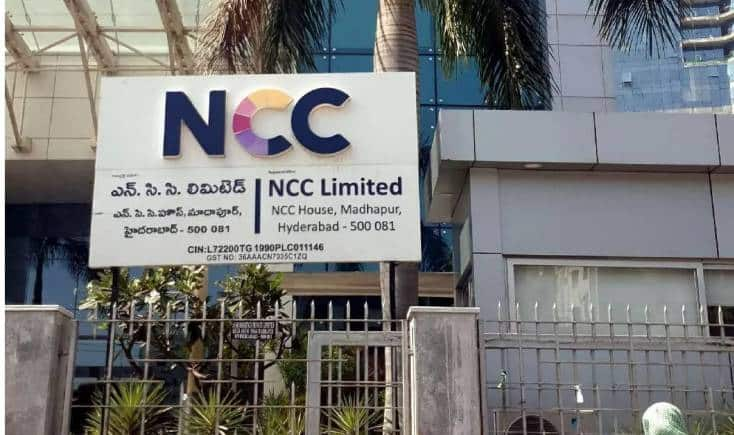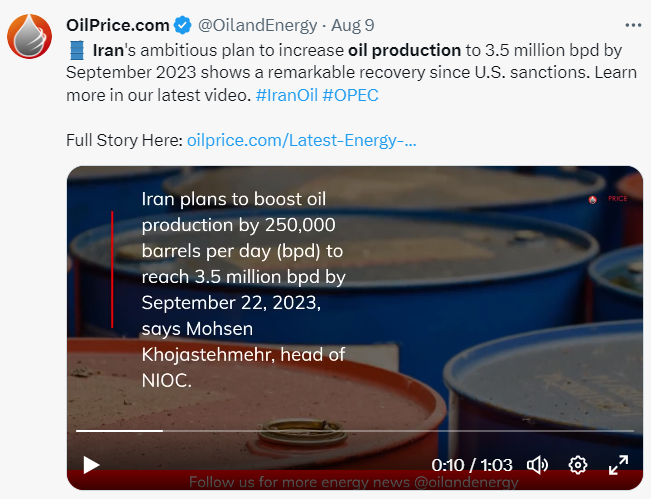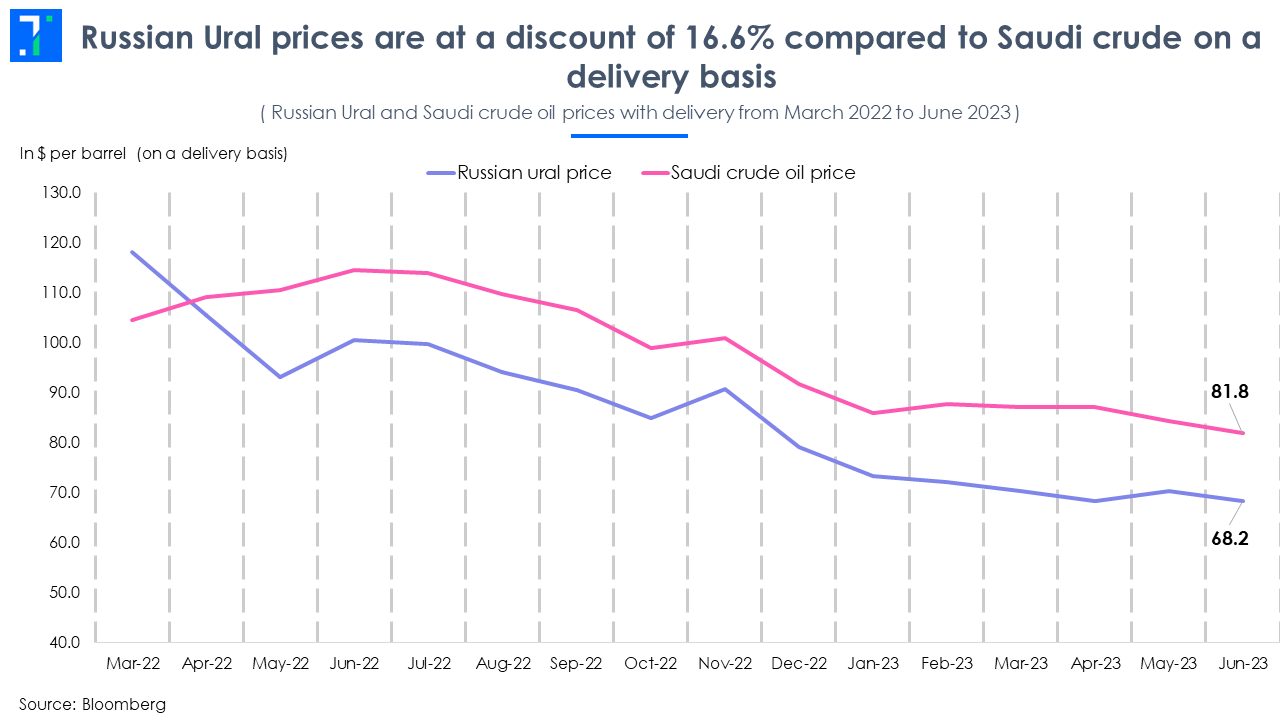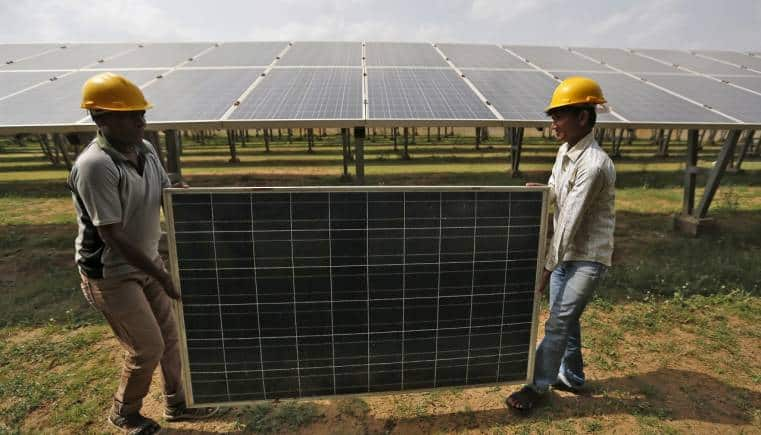Investors are constantly on the lookout for investment strategies that deliver outsize returns. Managing a portfolio that consistently outperforms its benchmark over time is a feat achieved by very few. Often, you will find ‘finfluencers’ on youtube claiming market-beating returns every time they invest. The reality of the stock market however, is that it is volatile, and there will be periods of negative as well as positive returns.
One way to maximize returns is via screeners that automatically search for stocks that outperform on not one, or two but multiple metrics. The DVM score, for example, looks at several metrics across management quality, financial health, stock valuation, as well as several dozen technicals, to identify high-scoring stocks. With these scores, investors are able to shortlist higher quality stocks for investing.
In this edition of Chart of the Week, we analyse one DVM screener - the ‘DVM - High Performing, Highly Durable Companies’ screener. This screener selects stocks from the Nifty 500 index that show strong financial durability, reasonable valuation, and positive momentum scores. It is optimised to highlight the top five stocks with the highest durability scores.
The screener backtest checks for past returns generated, and ran from March 2013 to September 2023, evaluating this strategy’s quarterly performance against the Nifty 500 benchmark. The screener has given cumulative returns of 2,772.8% over 10 years and 6 months, with a CAGR of 37.4%. In contrast, the benchmark’s CAGR stands at 14.5 %.
The heatmap presents a period analysis, showcasing the strategy's quarterly returns from Q1FY14 to Q2FY24. The data reveals that this approach delivered positive returns in 29 out of 42 quarters. It also outperformed the Nifty 500 index in 30 of these 42 quarters.
The strategy had its maximum drawdown of 29.9% in Q1FY23. The term maximum drawdown represents the biggest observed loss from a portfolio’s peak to its lowest point before a new peak is attained. This strategy is an automated one and did not have a stop loss set, so the drawdowns show the maximum loss potential under this approach. Introducing a stop loss can reduce periods of negative returns and lower maximum drawdowns.
The screener currently has stocks such as Great Eastern Shipping Co, Apar Industries, Natco Pharma, Maruti Suzuki India and Jindal Saw.

In the course of the backtest, Ceat gave the highest returns of 428.8%. On the other hand, Triveni Engineering & Industries’ stock price had the highest fall of 48.8%.
Greenpanel and Jyothi Labs shine as top performers over the past two years
Greenpanel performs the best in the DVM screener over the past two years
Here, we look at stocks with the highest returns over the past two years from the DVM screener’s backtest. Greenpanel Industries was part of the screener from June 30, 2021, to June 30, 2022. During this period, it provided a return of 85.9%.
Meanwhile, Jyothy Labs entered the screener on June 30, 2023, and exited on September 22, 2023. In these three months, the company gave a return of 61.7%. This can be attributed to the rise in its net profit by 98.7% YoY to Rs 96.3 crore in Q1FY24, aided by increased rural demand.
The tobacco major, Godfrey Phillips, remained in the screener for two quarters, from September 30, 2022, to March 31, 2023. In this duration, the company gave 58.5% returns. The company's decision in October 2022 to sell its chewing tobacco business and other trademarks allowed it to concentrate on the cigarette business. Consequently, its net profit surged by 70.3% YoY in Q3FY23 to Rs 199.2 crore.
Zydus Lifesciences, a pharmaceuticals major, was in the screener from September 30, 2022, to June 30, 2023. During this period, its stock price rose by 50.7%. On October 3, 2022, the company received the US FDA’s approval for its Mirabegron tablets, which are used to treat overactive bladder. This came with 180 days of shared generic drug exclusivity, caused the stock price to surge by 5.8%.
Lastly, Kalyan Jewellers India, active in the screener for the past quarter, recently exited but not before registering a 46.7% return. The company’s net profit rose by 33.3% in Q1FY24 to Rs 143.9 crore, aided by expansions in northern regions of India and the UAE.
Apar Industries and Jindal Saw post 300%+ returns in the past year
Apar Industries leads in one-year gain among active stocks
Let’s now focus on the yearly and quarterly price change % of stocks currently active in the screener. Apar Industries’ stock price rose by 353.1% in the past year and 66.9% in the past quarter. Since its inclusion in the screener on March 31, 2023, the firm has yielded a return of 101.6%. The company’s Q4FY23 net profit rose by 193.8% YoY, followed by a surge of 61.2% YoY in Q1FY24.
The general industrials company, Jindal Saw, reported a stock price rise of 334.4% in the past year and 38.3% in the past quarter. The company posted net profit gains of 54.2X to Rs 263.1 crore in Q1FY24. On September 18, 2023, the company entered into a joint venture with Hunter Energy Services, a US-based company. As part of this collaboration, they will jointly invest $25 million (approx Rs 208.1 crore) to establish a threading plant in Maharashtra. The investment will replace imports estimated at $200 million per annum.
Meanwhile, Natco Pharma surged by 42.2% in the past year and 26.3% in the past quarter. The shipping company, Great Eastern Shipping Company, also rose by 63% in the past year and 13.8% in the past quarter. It has been active in the screener for the past quarter and has provided 9.2% returns in this period. Shipping stocks surged after global leaders announced a multinational rail and port agreement that would connect the Middle East and South Asia at the G20 summit. This led to the shipping stocks to surge by 12.2% in the past month.
Lastly, auto giant Maruti Suzuki India’s share price rose by 20% in the past year and 8.4% in the past quarter. The company’s quarterly net profit increased by 143.7% YoY to Rs 2,525.2 crore in Q1FY24.
In summary, the screening criteria of high returns and durability, results in stocks that can potentially deliver medium to long-term gains with moderate risk, as suggested by the max drawdown of 29.9%. Despite uncertainties like the COVID-19 pandemic, this screener gave a mean quarterly return of 10%. It also consistently held an average stock count of 4.7, implying diversified investment, except for Q1FY21 when it had no stocks.
Investors should undertake quarterly portfolio reviews and adjustments according to the entries and exits of stocks. And keep in mind as always, that past returns don't guarantee future outperformance.



































